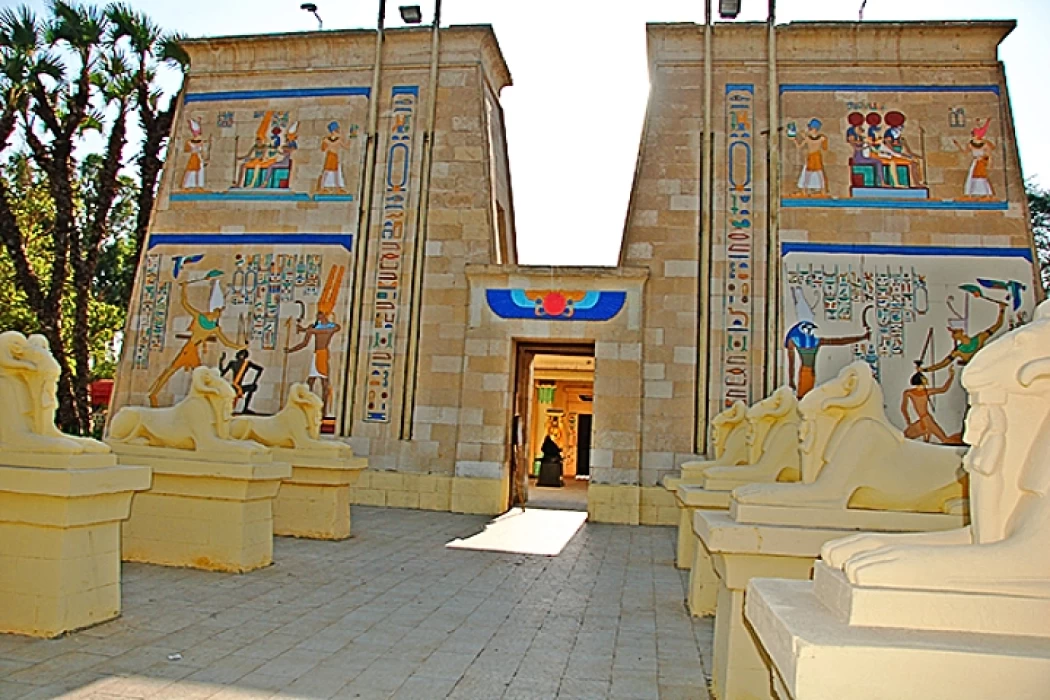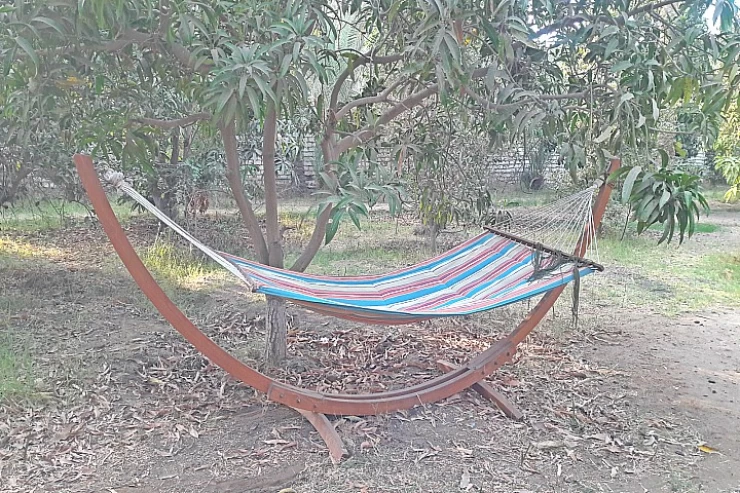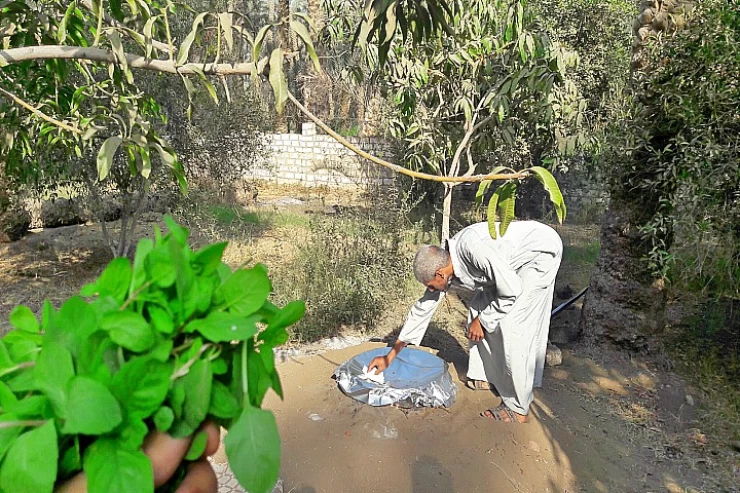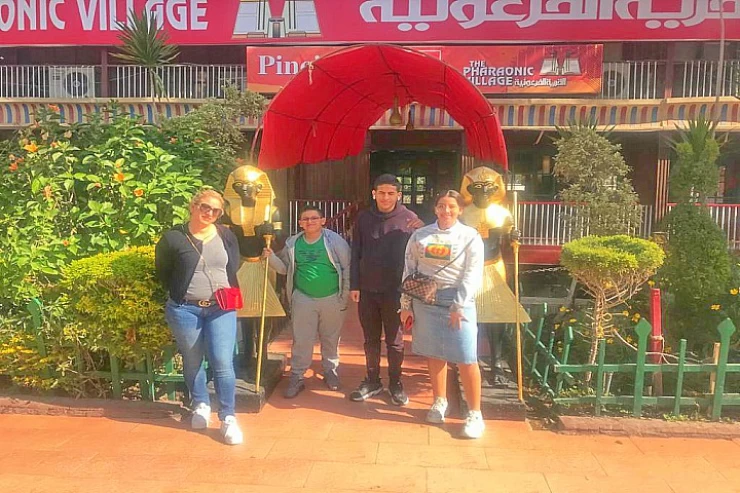
The Pharaonic Village in Giza
The Pharaonic Village in Giza
About six miles from downtown Cairo, on the west bank of the Nile on the famous Great Sea Street, the Pharaonic Village is a cultural platform and tourist park that for more than three decades has been telling the glorious history of the ancient Egyptians who dazzled the world with their potential and civilization.
The village is surrounded by trees and palm trees, in a deliberate message through which the founders of the village tried to isolate the visitor from the outside world, so that he can experience the worlds of the village closely while inspecting its corners and museums, whether those related to ancient or modern Egyptian history.
Through an exciting journey, the visitor to the Pharaonic Village walks in a world of living embodiment of the life of the pharaohs or ancient Egyptians, witnessing their creations up close, learning about the details of ancient Egyptian life, and seeing a practical diagnosis of everything he has read or heard about ancient Egyptian civilization.
The Pharaonic Village is considered a cultural platform and a tourist destination par excellence, which has played a major role over the past decades since its establishment in 1984 (after ten years of preparation before opening) in bringing the image of the pharaohs to the minds of Egyptians and visitors from Arab and foreign countries, through people who embody ancient Egyptian life and wear pharaonic costumes, as well as the various museums included in the village, which over time has become a park for all family members, especially with its keenness to add more aspects of other different civilizations, introduce different cultures, and honor specific names that played a role in the history of the pharaohs.
The first thing a visitor to the Pharaonic Village goes through is the reception float and the exhibitions to buy some products that mimic Pharaonic and archaeological monuments as a souvenir, along with the restaurant. After passing the buoy, the visitor - accompanied by a tour guide - moves to the first museum in the village, the Cleopatra Museum - one of the world's most famous queens - which contains a model of the city of Alexandria and its ancient library, in addition to the history of Queen Cleopatra, Alexander the Great and the Ptolemies.
After the Cleopatra Museum, the visitor heads to take a floating boat around the Pharaonic Village, and during that tour he learns about the life of ancient Egypt. In each place, the tour guide explains its details, parts of Egypt's ancient history, the history of the papyrus industry and its discovery, and methods of manufacturing it. In addition to monitoring information about the life of the pharaohs in general, their hunting and farming methods, and hieroglyphic writing methods and history.
In the meantime, the visitor sees many representative scenes that embody the life of the ancient Egyptians through people dressed in pharaonic costumes, in a simulation of the life of ancient Egyptians, during which large aspects of the Egyptian civilization dating back 7,000 years are reviewed.
The Pharaonic Village has succeeded in booking itself a place on the Egyptian tourism map as one of the most prominent tourist attractions where tourists from different nationalities come to enjoy the living embodiment of ancient life in Egypt.

















